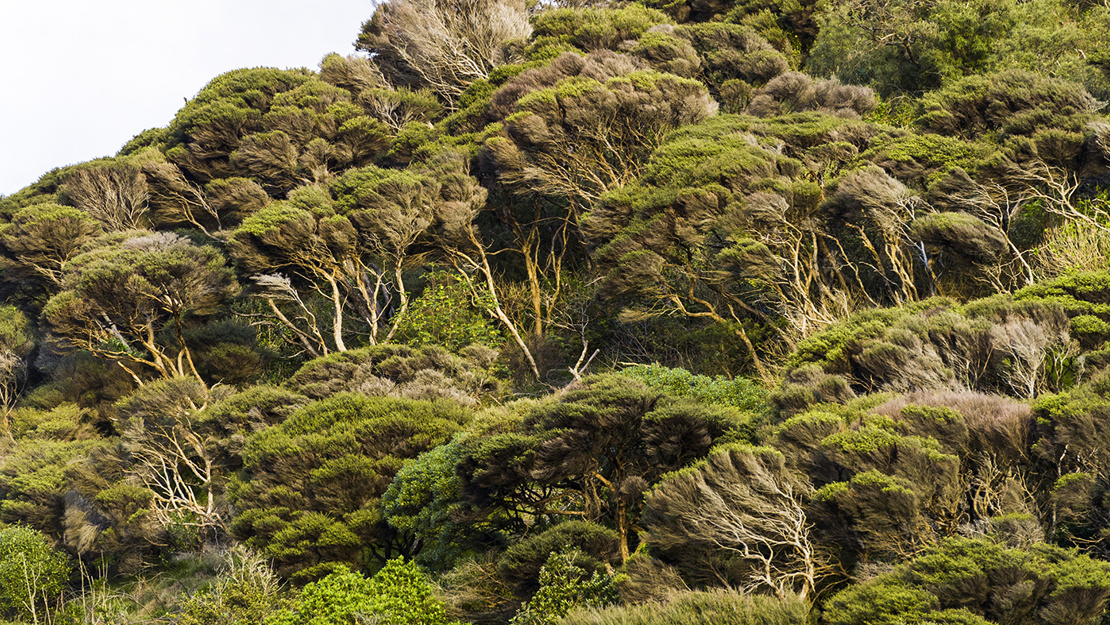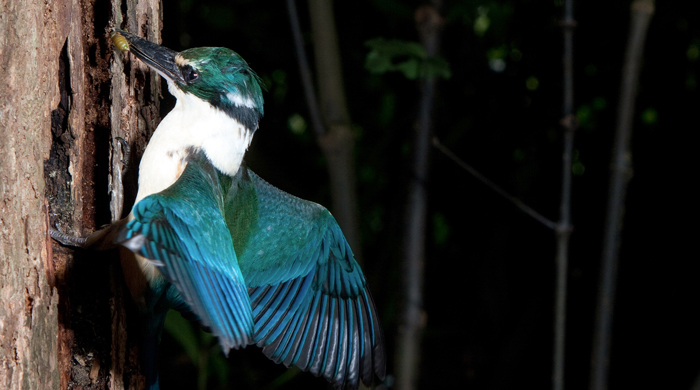Kānuka scrub and forest ecosystem (VS2)
Found throughout New Zealand, kānuka dominated forest establishes readily after fire. It's diverse range of flowering and fruiting shrubs and trees provide habitat for a wide range of invertebrates, birds and lizards.
Regenerating ecosystem
About this ecosystem
Kānuka scrub and forest is a regenerating ecosystem that establishes and becomes widespread after forest fires. Regenerating ecosystems are a temporary stage in the natural succession to a more diverse and taller forest.
This ecosystem is frost tolerant and occurs over a wide range of altitudes and free-draining soils. It is widespread throughout the Auckland region.

Flora and fauna in this ecosystem
Kānuka establishes on bare ground and can colonise gaps in sparse grasslands. There are regional differences in the plant communities due to local conditions and seed sources.
Some of the common species that are present include:
- mingimingi
- prickly mingimingi
- tauhinu
- hangehange.
Kānuka scrub also provides ideal conditions for shade tolerant canopy species to establish, such as tōtara, tānekaha and kauri.
Where there no predators, these forests can support a large range of birds, reptiles and invertebrates at high densities.
Kānuka forests have some geckos and all of the more common native bush birds, including:
- kererū
- ruru (morepork)
- kōtare (kingfisher)
- pīpīwharauroa (shining cuckoo)
- pīwakawaka (fantail)
- riroriro (grey warbler)
- tūī
- tauhou (silvereye).

Threats to this ecosystem
Kānuka scrub has increased after human settlement. It is highly competitive following fire, is unpalatable to stock and establishes on hill slopes and low-producing pasture.
The biggest threats to this ecosystem are:
- land development (forestry and agriculture)
- weed invasion.



